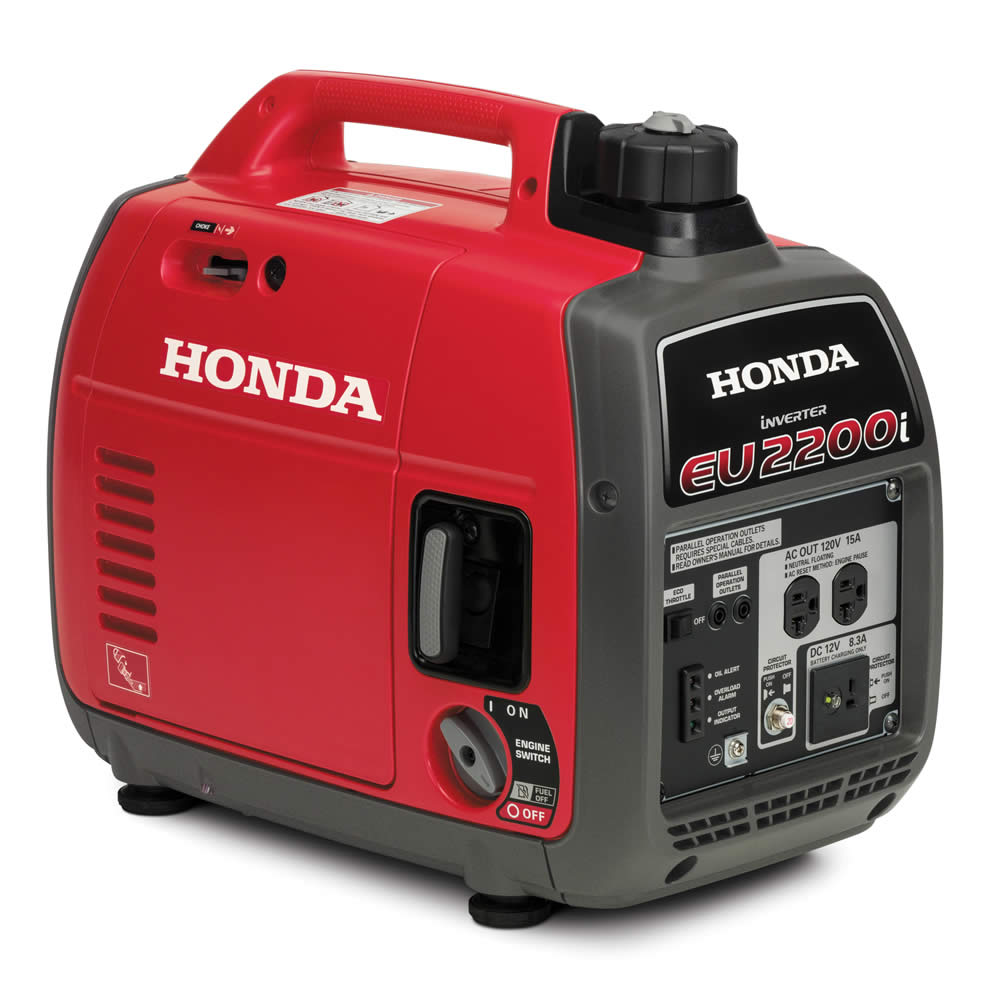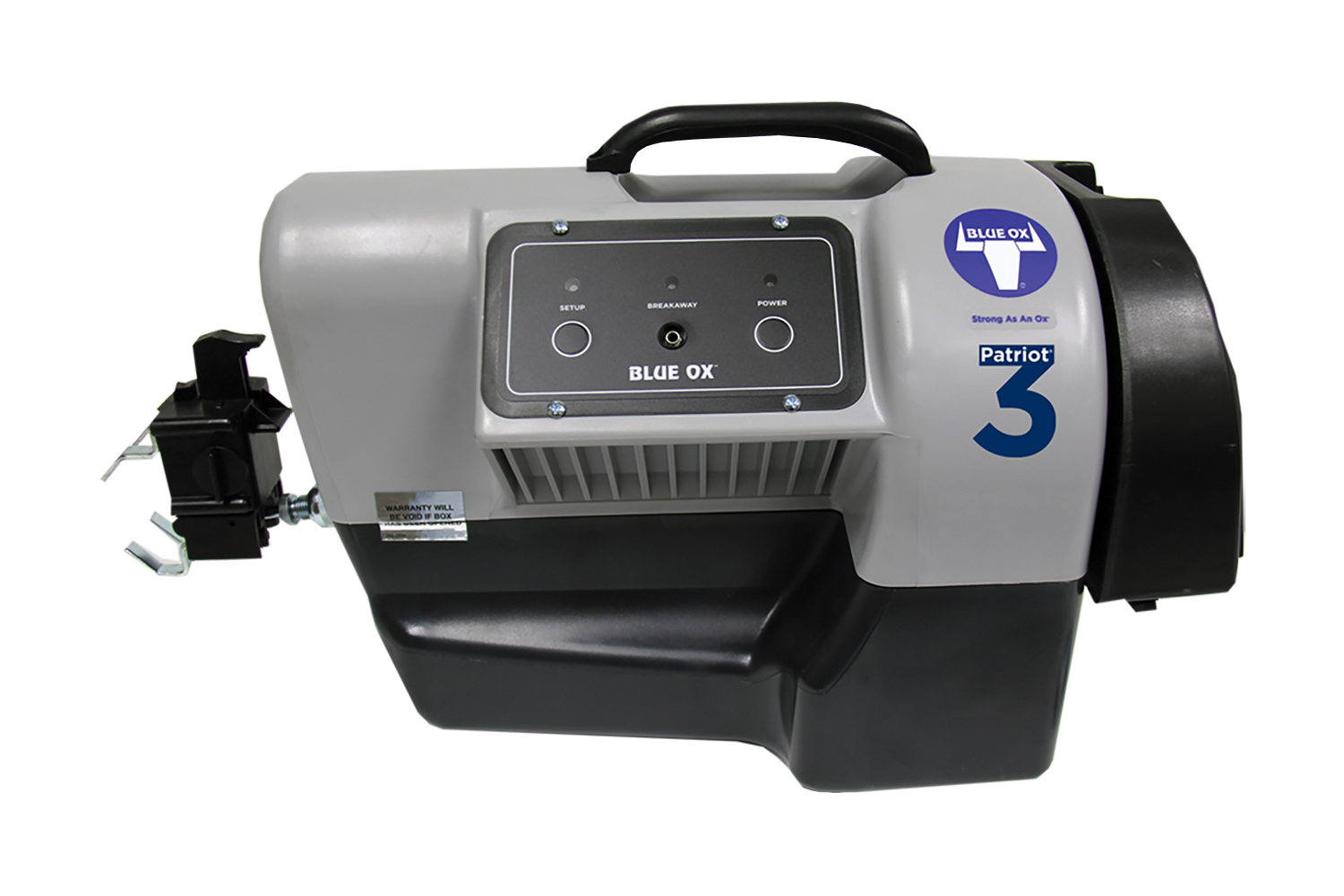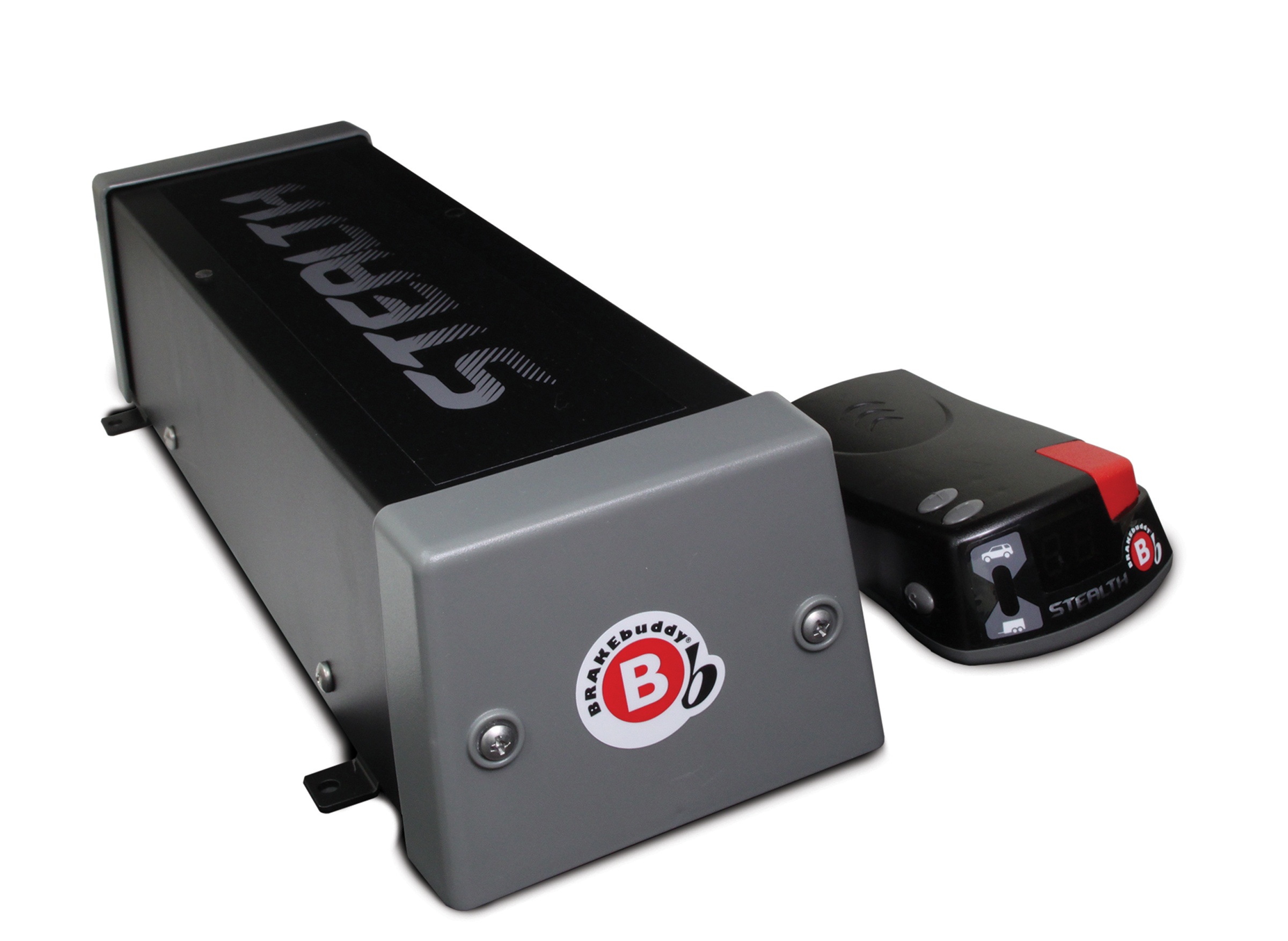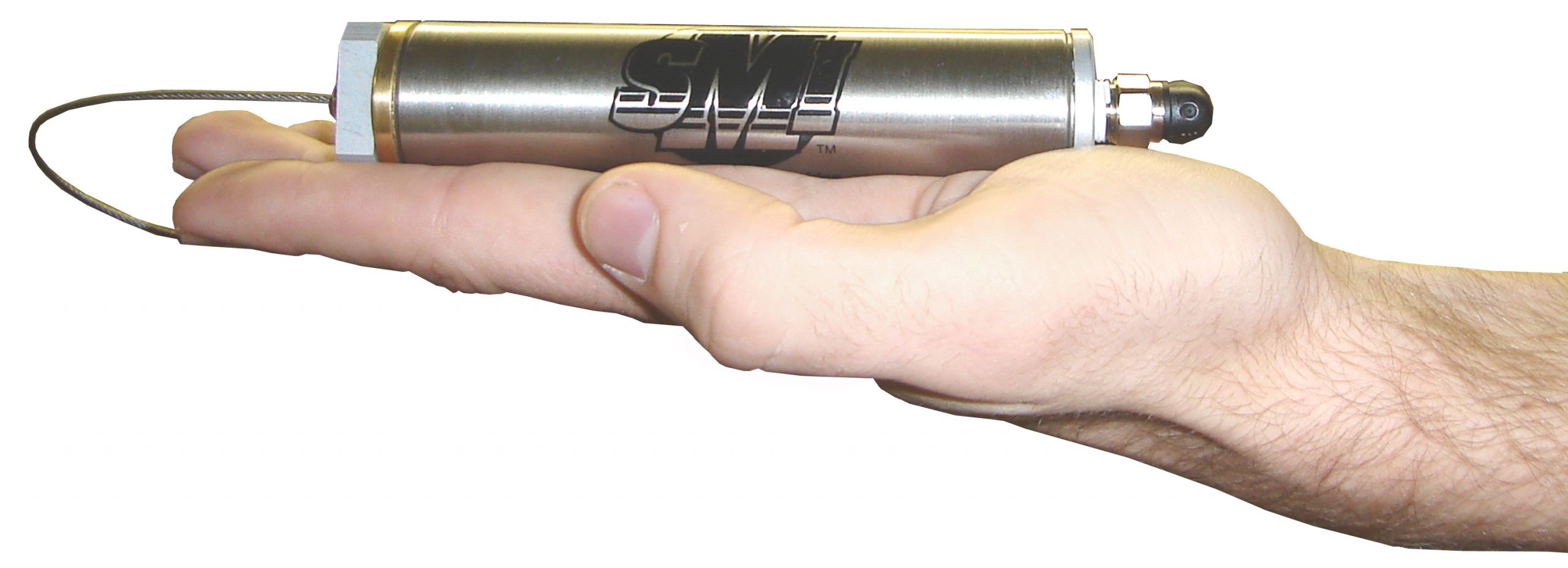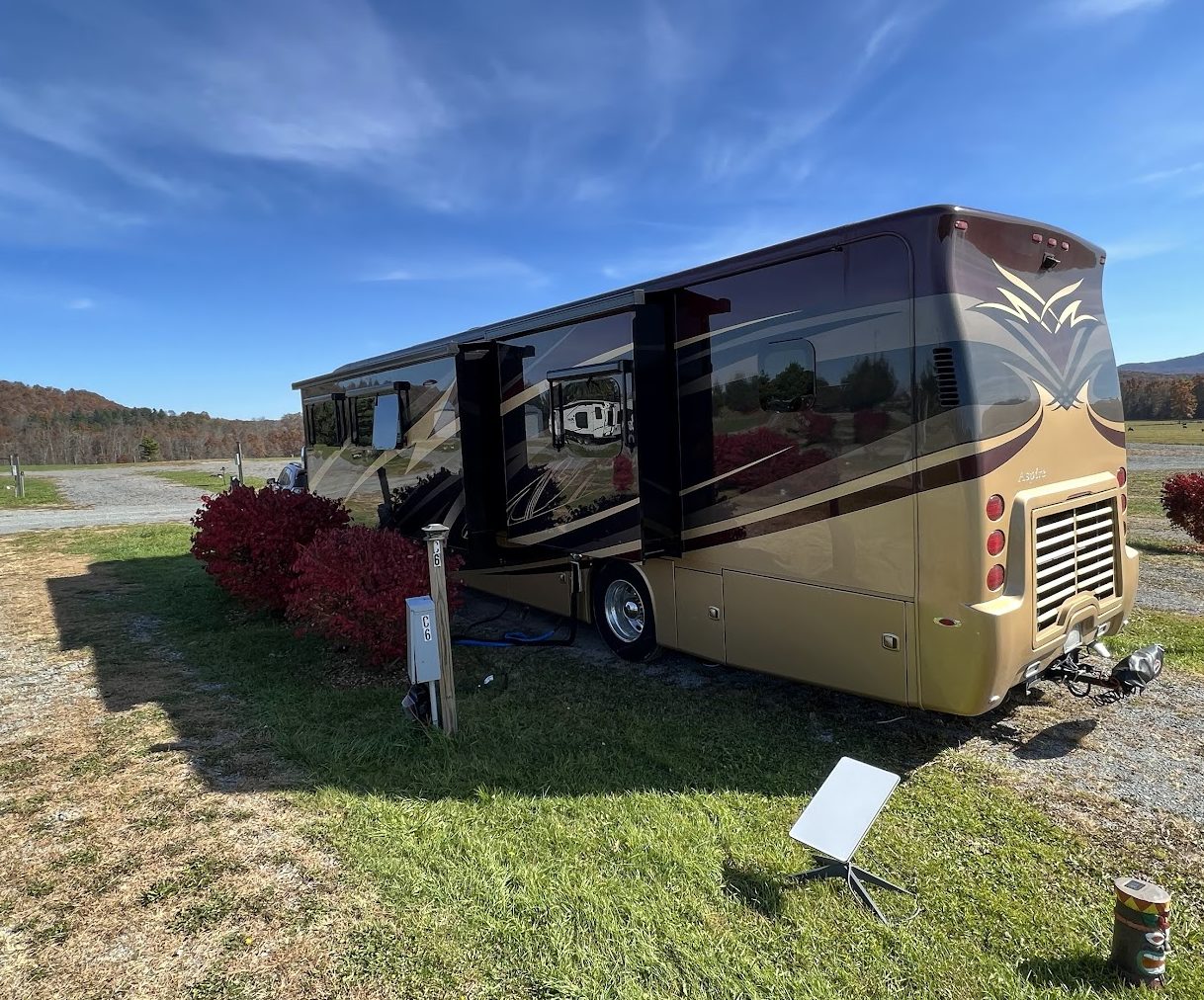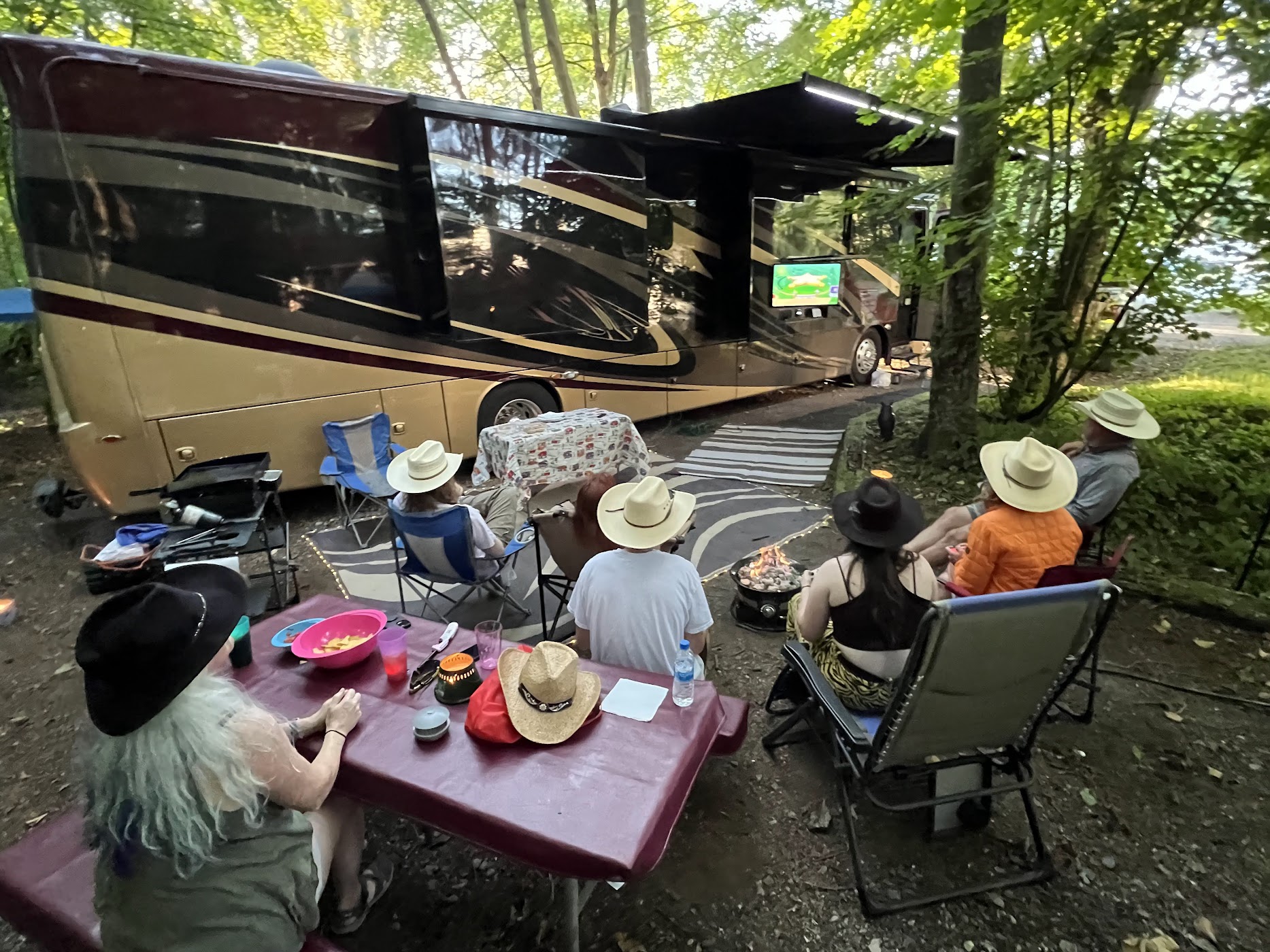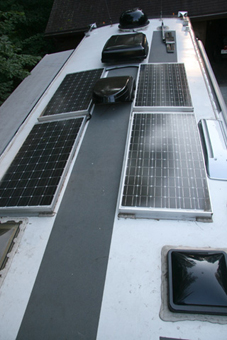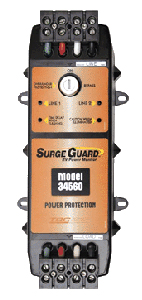Just like it matters where you buy your RV, how you finance it matters too!
Picking the perfect RV is no easy task. Across every brand and RV class, some seriously great options are available. From Newmar‘s massive Class A King Aire RVs to the comparatively humble Class B Winnebagos, there’s something for everyone.
Once you’ve picked the perfect RV, you’ve still got one more big choice ahead of you: how to pay for it. While RV newcomers often assume the process is similar to buying a car, reality can be much more complex—especially if you’re choosing a high-end model.
Given how big of an investment an RV can be, many drivers are tempted to either pay cash out of their savings or secure a line of credit from their bank, which allows them to cover most (if not all) the cost of a new motorhome. However, this isn’t always the best route to take.
Working with your RV dealership’s financing options can have some serious advantages, both in the amount of money you owe and the terms you get for repaying it. Let’s take a look!
Financing an RV Offers More Flexibility in Repayment Terms
As RVs can be individually expensive purchases, they come with many considerations when navigating repayment terms. It’s not unheard of for the loans on some luxury RVs (Class A vehicles especially) to extend over 20 years or 240+ months. That means these loans have more in common with a second mortgage instead of a car loan.
It’s hard to imagine your local bank or credit union offering terms like these. Many likely aren’t familiar with the intricacies of owning an RV, and this can create a whole host of headaches.
Discussing financing options with your RV dealership can also save you the steps of dealing with a pre-approval process, which can translate to serious time savings. Depending on where you would otherwise source your RV financing, it’s easy to miss an entire season dealing with clerical tasks. By contrast, an RV dealership understands how important it is to get you behind the wheel of your new RV as soon as possible.
Financing Also Offers Lower Average Monthly Payments
Working with your RV dealership to figure out financing options doesn’t just translate to more flexibility in your repayment timeline; it can also easily translate to lower monthly payments. As we mentioned above, some RV loans can last more than a decade, which translates to very different considerations versus a regular car loan.
More often than not, these longer RV loans translate to significantly lower monthly payments, sometimes as low as $200! Renting an RV for that much money is considered a steal, so try to wrap your mind around owning one for that amount.
Even better, drivers can expect to pay a lower average down payment as well. As there are fewer hoops to jump through when you reach out directly to your RV dealer, you can expect a cleaner (and more affordable) close on your new motorhome!
An RV Dealership Will Be Uniquely Qualified to Work With You
If you’re noticing a theme here, it’s that RV dealerships are better equipped to work with the unique needs, costs, and considerations of owning an RV than virtually any other source of financing.
There’s a really obvious reason for this: RV dealerships know more (and care more) about RVs than other sources of financing!
Beyond perks like lower down payments and more flexibility in choosing a repayment window, you can rest assured your servicer actually understands the intricacies of owning an RV! (That’s not something you can always say for banks and credit unions.) This understanding translates to a better all-around experience. After all, your RV dealership’s goal is to sell you an RV, which means they’re strongly incentivized for finding the best possible financing options for you.
Our financing office works with drivers to find the best possible options for their unique circumstances. Learn more about the different financing options available at NIRVC.




